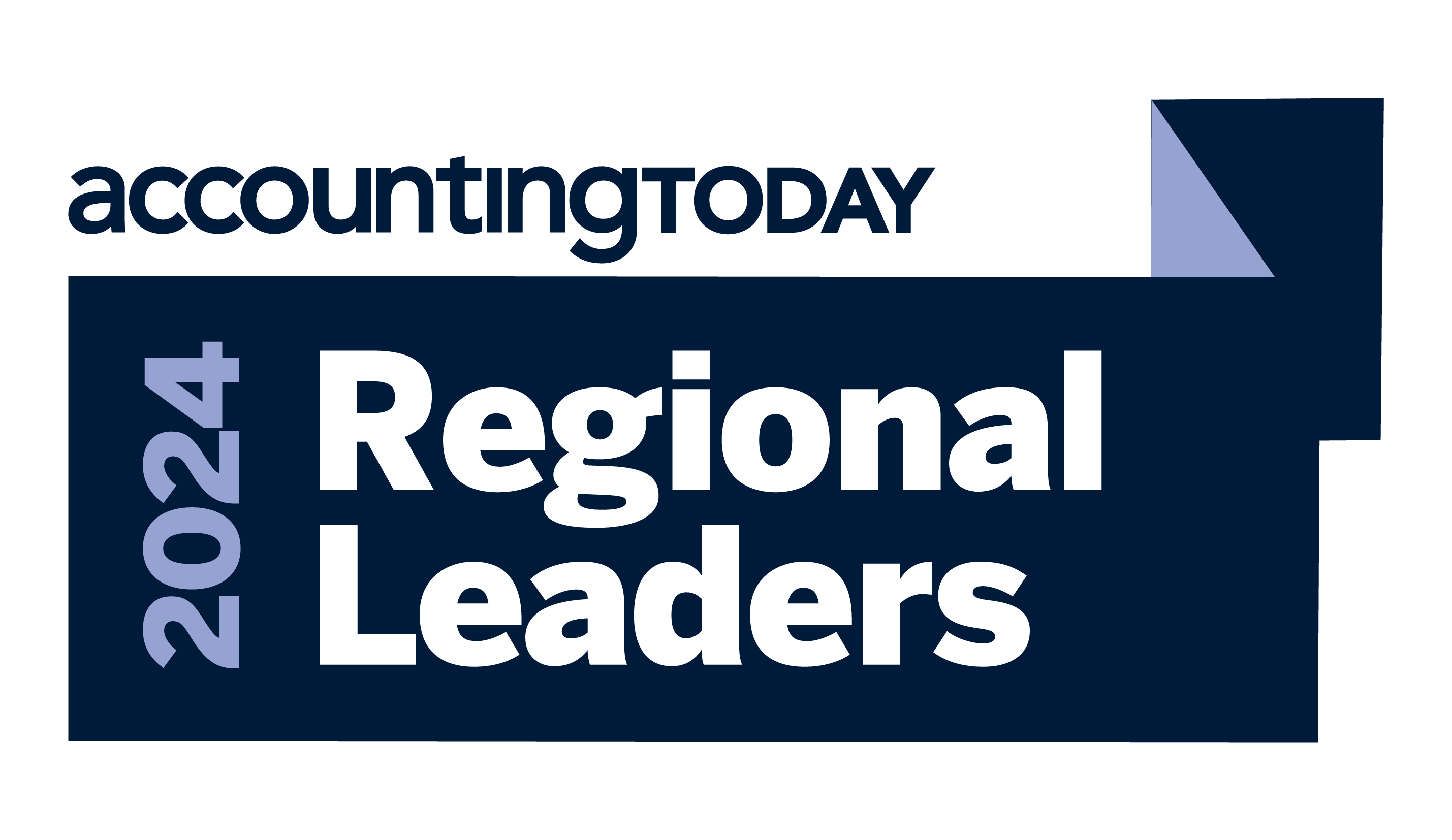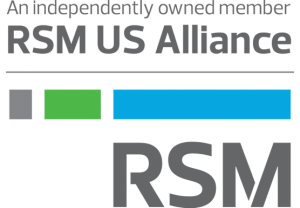Insights
We are proud to be named a West Coast Regional Leader for 2024


Driving security transformation through automation, AI and analytics
ARTICLE | September 02, 2021
Authored by RSM US LLP
With cyberthreats growing in sophistication and frequency, a 100% DIY approach to security operations rarely makes sense anymore. Outsourcing, co-sourcing or engaging consultants to gain access to critical knowledge, services, skills and technologies can help you build a scalable cybersecurity strategy for this ever-evolving challenge.
In working with clients, we have found a key component of security transformation is AI-driven automation and analytics. These technologies help:
- Drive efficiencies and reduce the time it takes to recognize and remediate threats,
- Enable people to work smarter and faster,
- Increase staff efficiency and cost effectiveness,
- Allow analysts to spend less time sorting through noise and more time focused on vetted high-priority alerts and events, and
- Empower analysts in providing more valuable, data-driven insights to leadership.
Automation and analytics can be part of different services and solutions. For example, third-party providers could use them to assess current systems based on strategic priorities—a pre-requisite to identifying other high-priority areas to apply transformative technologies. They could also be embedded in business applications. Either way, they help organizations save time and prioritize resources while controlling the cost of security operations.
A disciplined approach to security transformation
While AI-driven automation and analytics can help transform your security operations, they aren’t magic. They require skilled people and operational planning.
Developing effective security operations requires an organized and iterative cycle of discovery, design, deployment and optimization. This approach helps the organization become more secure and agile by equipping staff with the tools and information they need to identify and address potential issues sooner. They gain more knowledge about enterprise risk and security operations in general, which empowers confident, fast decision-making when needed. Let’s walk through this cycle.
- Discover: Assess your organization’s current IT security posture and prioritize areas to determine where using AI, security automation and analytics makes the most sense.
- Design: Starting with the highest-priority use cases, develop automated solutions that reduce the need for human intervention.
- Deploy: Implement the solutions with your people top-of-mind. Make them aware of the solutions’ benefits and train them to understand the capabilities and limitations.
- Optimize: Business needs and external factors constantly evolve. Even as you deploy more security automation solutions, continue to monitor performance and results, and optimize each solution to meet current needs.
A large insurance company with 20,000 employees and offices in 10 states requested a cloud infrastructure cybersecurity assessment to identify risks. An RSM assessment leveraged security automation and analytics to identify a number of opportunities for improvement with varying degrees of importance. The client used that knowledge to create a three-year plan focusing on holistic security, while also educating internal groups around risks and remediation.
Case study, Insurance
Shifting left with cyber transformation
A primary benefit of these advanced technologies is that they allow IT teams to “shift left” away from routine tasks and devote more time and resources to strategic initiatives that create competitive advantages. This can begin even before your team deploys a new asset, such as a server or a cloud-delivered service. With security-enhancing automation that provides compliance risk alerts, your team can address any issues prior to deployment.
The other advantage of an “automation-first” approach is that system data starts accumulating immediately. This establishes a baseline for machine learning components so that the AI functionality can react based on any new knowledge
Password management ought to be simple, but a hybrid cloud environment can add complexity that requires time-consuming manual checks of every system to ensure global compliance. AI-driven security automation offers a proactive approach to ensuring all systems across the enterprise—including legacy systems—are compliant. An automation flow would extract data from all enterprise systems, analyze it and alert administrators to compliance problems. Without automation, the fails would wait to be discovered.
Use case, Password management
Simplifying the path to modern security operations
Most companies don’t have the resources for this holistic approach to building effective security operations at scale and in a cost-effective manner. This is especially true for highly distributed organizations that have accumulated legacy systems over time. Managing security operations is simply too complex—and given the trajectory of business technology, it will only become more complex and mission critical over time.
Effective security transformation is not optional; every organization needs it to protect against costly non-compliance and increasingly sophisticated cybercrime. RSM provides holistic security operations services, such as managed security operations and managed endpoint solutions, to help transform your security operations technology with AI-driven automation and analytics. We can work together to maximize the security of your company’s data—and that of your customers.
Let's Talk!
Call us at +1 213.873.1700, email us at solutions@vasquezcpa.com or fill out the form below and we'll contact you to discuss your specific situation.
This article was written by David Llorens and originally appeared on Sep 02, 2021.
2022 RSM US LLP. All rights reserved.
https://rsmus.com/insights/services/risk-fraud-cybersecurity/driving-security-transformation-through-automation-ai-analytics.html
RSM US Alliance provides its members with access to resources of RSM US LLP. RSM US Alliance member firms are separate and independent businesses and legal entities that are responsible for their own acts and omissions, and each is separate and independent from RSM US LLP. RSM US LLP is the U.S. member firm of RSM International, a global network of independent audit, tax, and consulting firms. Members of RSM US Alliance have access to RSM International resources through RSM US LLP but are not member firms of RSM International. Visit rsmus.com/about us for more information regarding RSM US LLP and RSM International. The RSM logo is used under license by RSM US LLP. RSM US Alliance products and services are proprietary to RSM US LLP.

Vasquez & Company LLP is a proud member of the RSM US Alliance, a premier affiliation of independent accounting and consulting firms in the United States. RSM US Alliance provides our firm with access to resources of RSM US LLP, the leading provider of audit, tax and consulting services focused on the middle market. RSM US LLP is a licensed CPA firm and the U.S. member of RSM International, a global network of independent audit, tax and consulting firms with more than 43,000 people in over 120 countries.
Our membership in RSM US Alliance has elevated our capabilities in the marketplace, helping to differentiate our firm from the competition while allowing us to maintain our independence and entrepreneurial culture. We have access to a valuable peer network of like-sized firms as well as a broad range of tools, expertise and technical resources.
For more information on how Vasquez & Company LLP can assist you, please call +1 213.873.1700.
Subscribe to receive important updates from our Insights and Resources.